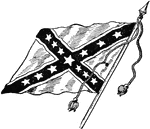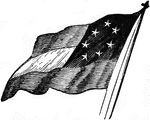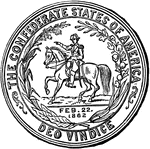
Allatoona Pass
The Battle of Allatoona, also known as Allatoona Pass, was fought October 5, 1864, as part of the Franklin-Nashville…

Major Anderson's Headquarters
The headquarters of Major Robert Anderson at Fort Sumter, South Carolina during the American Civil War.
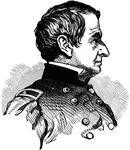
Robert Anderson
Robert Anderson was an American military leader. He served as a Union Army officer in the American Civil…
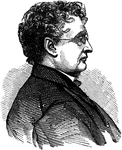
John A. Andrew
He served as the Governor of Massachusetts between 1861 and 1866 during the tumultuous American Civil…

Battle of Antietam
The Battle of Antietam (also known as the Battle of Sharpsburg, particularly in the South), fought on…

After Appomattox
The Appomattox Campaign (March 29, 1865 – April 9, 1865) was a series of battles fought in Virginia…

William Woods Averell
William Woods Averell was a career United States Army officer and a cavalry General in the American…
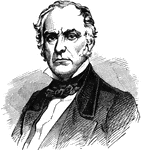
Edward Dickinson Baker
Edward Dickinson Baker (February 24, 1811 – October 21, 1861) was an English-born American politician,…

Nathaniel Prentiss Banks
He was an American politician and soldier, served as Governor of Massachusetts, Speaker of the U.S.…
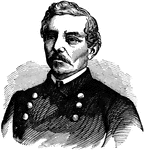
General Pierre Gustave Toutant Beauregard
Pierre Gustave Toutant Beauregard was a Louisiana-born author, civil servant, politician, inventor,…

Henry Whitney Bellows
Henry Whitney Bellows was an American clergyman, and the planner and president of the United States…

Battle at Big Black River
The Battle of Big Black River Bridge, or Big Black, fought May 17, 1863, was part of the Vicksburg Campaign…

View on the Big Black River
The Battle of Big Black River Bridge, or Big Black, fought May 17, 1863, was part of the Vicksburg Campaign…

Bloody Angle of Spotsylvania
The angle between the Union II and VI Corps became known as the "Bloody Angle of Spotsylvania", where…
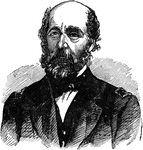
Captain Charles Stewart Boggs
Charles Stuart Boggs (28 January 1811 - 22 April 1877) served in the United States Navy during the Mexican-American…

General Lyon's March to Booneville
The Battle of Booneville was a skirmish of the American Civil War, occurring on June 17, 1861, in Cooper…
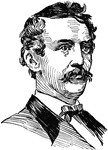
John Wilkes Booth
John Wilkes Booth was an American stage actor who assassinated Abraham Lincoln, the 16th President of…
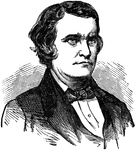
John Cabell Breckinridge
John Cabell Breckinridge was a lawyer, U.S. Representative, Senator from Kentucky, Vice President of…

John Brown
John Brown (May 9, 1800 – December 2, 1859) was an American abolitionist who advocated and practiced…
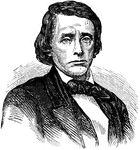
William Gannaway Brownlow
William Gannaway Brownlow was Governor of Tennessee from 1865 to 1869 and a Senator from Tennessee from…

Battle of Bull Run
The First Battle of Bull Run, also known as the First Battle of Manassas, was the first major land battle…

"Burnside Bridge," Antietam Creek
The bridge played a key role in the September 1862 Battle of Antietam during the American Civil War…

Ambrose Everett Burnside
Ambrose Everett Burnside (May 23, 1824 – September 13, 1881) was an American soldier, railroad executive,…
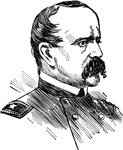
Daniel Butterfield
Daniel Adams Butterfield (October 31, 1831 – July 17, 1901) was a New York businessman, a Union General…

Edward Richard Sprigg Canby
Edward Richard Sprigg Canby (November 9, 1817 – April 11, 1873) was a career United States Army…
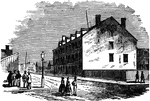
Castle Thunder
Castle Thunder, located in Richmond, Virginia, was a former tobacco warehouse located on Tobacco Row,…

View at Cedar Creek Battle-ground
The Battle of Cedar Creek, or The Battle of Belle Grove, October 19, 1864, was one of the final, and…
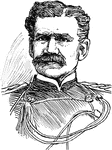
Adna Romanza Chaffee
Adna Romanza Chaffee was a General in the United States Army. Chaffee took part in the American Civil…

Ruins of Chancellorsville
The Battle of Chancellorsville was a major battle of the American Civil War, fought near the village…

Battle of Chickamauga
The Battle of Chickamauga, fought September 18-20, 1863, marked the end of a Union offensive in south-central…
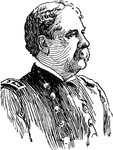
Charles Edgar Clark
Rear Admiral Charles Edgar Clark (10 August 1843 - 1 October 1922) was an officer in the United States…

Battle of Cold Harbor
The Battle of Cold Harbor, the final battle of Union Lt. Gen. Ulysses S. Grant's 1864 Overland Campaign…
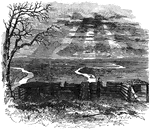
Confederate Battery on the Top of Lookout Mountain
The Battle of Chattanooga and included the Battle of Lookout Mountain on November 25, 1863 during the…

A Confederate Blockade-Runner
The British ran a blockade of Southern ports with vessels carrying arms, ammunitions, and other supplies…

Confederate National Flag - No. 2
The second Confederate Flag adopted May 1, 1863, called the Confederate National Flag.
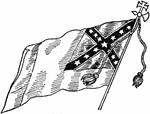
Confederate National Flag - No. 3
The third Confederate Flag adopted March 4, 1865, called the Confederate National Flag.

Confederate Rosette and Badge
The Confederate rosette and badge was worn by supporters of the Southern Confederation.

Samuel Wylie Crawford
Samuel Wylie Crawford (November 8, 1829 - November 3, 1892) was a United States Army surgeon and a Union…
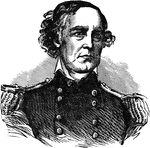
Samuel Ryan Curtis
Samuel Ryan Curtis (February 3, 1805 - December 26, 1866) was an American military officer, most famous…

George Armstrong Custer
George Armstrong Custer (December 5, 1839 - June 25, 1876) was a United States Army officer and cavalry…
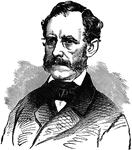
John Adolph Dahlgren
Rear Admiral John Adolphus Bernard Dahlgren, USN, (November 13, 1809 – July 12, 1870) merchant…
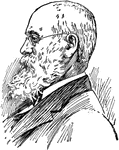
Charles Anderson Dana
Charles Anderson Dana (August 8, 1819 – October 17, 1897) was an American journalist, author,…
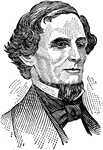
Jefferson Davis
The first and only President of the Confederate States of America, from 1861 to 1865.
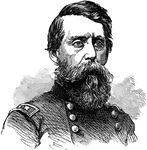
Jefferson C. Davis
Jefferson Columbus Davis (March 2, 1828 – November 30, 1879) was an officer in the United States…
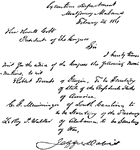
Jefferson Davis's First Message
Jefferson Davis', the President of the Confederate States of America, first message.
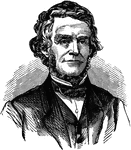
William Dennison
William Dennison, Jr. (November 23, 1815 – June 15, 1882) was a Whig and Republican politician from…
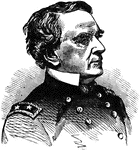
John Adams Dix
John Adams Dix (July 24, 1798 – April 21, 1879) was an American politician from New York. He served…
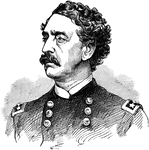
Abner Doubleday
Abner Doubleday (June 26, 1819 – January 26, 1893) was a career United States Army officer and…

The Draft Riots - The Rioters and the 7th Regiment
The New York Draft Riots (July 11 to July 16, 1863), were violent disturbances in New York City that…
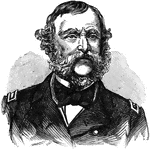
Samuel Francis Dupont
Samuel Francis Du Pont (September 27, 1803 – June 23, 1865) was an American naval officer who…
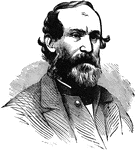
Jubal A. Early
Jubal Anderson Early (November 3, 1816 – March 2, 1894) was a lawyer and Confederate general in…
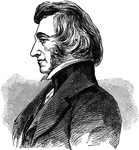
Charles Ellet
Charles Ellet, Jr. (1 January 1810 – 21 June 1862) was a civil engineer and a colonel during the…

Ephraim Elmer Ellsworth
Elmer Ephraim Ellsworth (April 11, 1837 – May 24, 1861) was a lawyer and soldier, best known as…
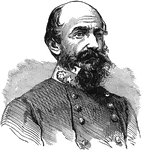
Richard Stoddert Ewell
Richard Stoddert Ewell (February 8, 1817 – January 25, 1872) was a career U.S. Army officer and…

Fair Oaks
The Battle of Seven Pines, also known as the Battle of Fair Oaks or Fair Oaks Station, took place on…


